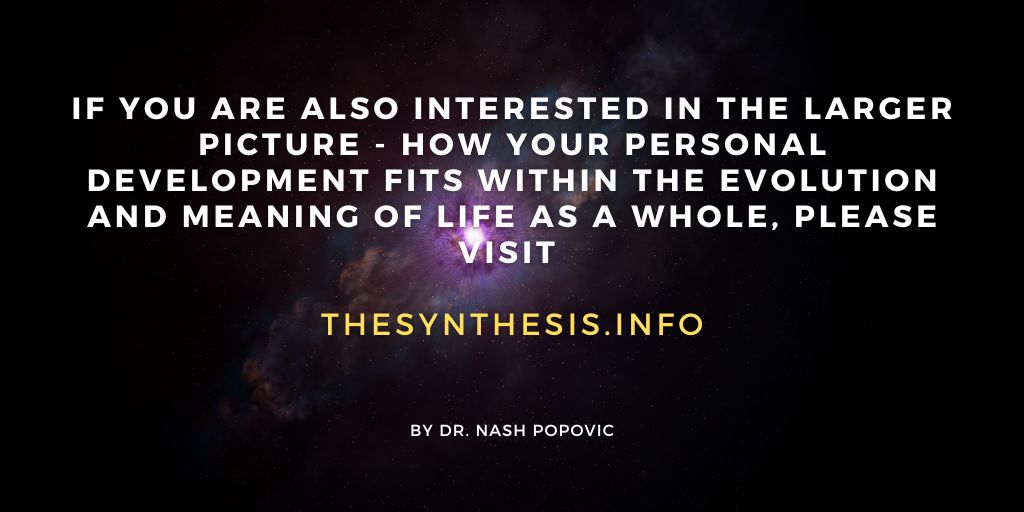41. Strategy
The game of life is not so much in holding a good hand as playing a poor hand well.
H. T. Leslie (19c English composer)
Strategy is a general course of action (rather than a detailed plan). We often choose one out of habit, so it is common to be blind to some possibilities and recognise them only retrospectively. The purpose of this area is to reduce this occurrence. To do so, the basic ways of approaching problems are considered first and then a number of specific methods are suggested.
Facing the problem Problems
themselves are not a problem – we like them and create them when we don’t have them (e.g. crosswords, games etc.). The real problem arises when we don’t know how to solve them. But to be able to solve them, we need to face our problems first. Putting them off might bring temporary relief, but this often allows them to grow and makes things worse. However, it is usually not a good idea to deal with several problems at the same time, so when you decide to face your problems you need to prioritise. To choose which one to tackle first, take into account their importance and also which ones may grow if unattended.
What’s the problem?
Once you have made a choice, the first step is to clarify what the problem really is. This is often neglected, and it is more difficult than it sounds. Saying, for example, ‘I am not happy at work’ is not sufficient. You need to specify the cause of your discontent (e.g. ‘I am not paid enough’, ‘I am not getting along with my colleagues’, ‘my workload is too heavy’, etc.). If you think this is easy or that it doesn’t matter, try this example: John’s wife has left him, he is drinking too much, and is in danger of losing his job. What is his problem? (The prospect of losing his job? Drinking? Not coping well with the break-up? Something else?) Perhaps there isn’t a definitive answer, but there is no doubt that whatever you come up with will affect your choice of possible solutions.
Distancing: defining a problem accurately is essential because it determines what directions and solutions will be considered. This often requires looking at the problem from different perspectives, which is easier if you distance yourself temporarily from it. One way of doing this is to imagine, for example, that this is somebody else’s problem. Distancing does not imply neglecting your feelings, but attending to them separately, in order to be clearer about what the problem really is. Once you have defined your problem, you can choose a general strategy.
General strategies
There are four basic ways of dealing with a problem:
| I cannot (change the situation) | I can (change the situation) | |
| Not worthwhile (changing myself) | Isolation (e.g. ignore, close down) | Avoidance (e.g. leave) |
| Worthwhile (changing myself) | Adaptation (e.g. change your views) | Confrontation (e.g. new solutions) |
Let’s assume that your problem is, for example, working with colleagues who have radically different views (e.g. they are sexist). You can: ignore them (isolation), change the job (avoidance), adopt their views (adaptation), or try to address the issue (confrontation). Just to be clear, the term confrontation refers to confronting a problem in order to make some changes, rather than arguments or fights with others. Avoidance also doesn’t mean running away from a problem, but dealing with the problem by removing yourself from the situation. None of these methods is superior; it is always useful to consider all of them (sometimes they can even be combined, as in the case of a compromise). They are possible in almost any situation, although not all of them can always bring a desirable outcome. Which one is best in a particular situation depends on circumstances and the person(s) involved. What should be taken into account is the risk and possible consequences, what can be achieved and what can be lost.
Specific strategies
Choosing a general strategy may not always be enough. You also need to find a way to implement each step of the action. If you anticipate whatever may happen, play different scenarios in your mind, and find solutions for them, you should be on top of the situation. If you feel stuck, remember that there are always more possibilities than appear at first sight. Finding new solutions requires a new, fresh approach to the problem. Two main barriers to this are habit (choosing what you usually choose) and conformity (choosing what others usually choose). The following techniques may help you to overcome this.
Brainstorming: finding a solution consists of two mental processes: generating ideas and evaluating them. The trouble is that we usually carry these out at the same time. Brain-storming is useful because it separates them:
- Jot down in quick succession as many ideas as possible that come to mind in connection with the problem. Don’t evaluate them at this stage; sometimes the best solutions can be hidden in seemingly absurd thoughts.
- When this is done, pick one of these ideas and see what you can make out of it and how it can become practicable. Go through this process with the other ideas until you find a satisfactory solution.
Friendly advice: we always know how to solve somebody else’s problem better than our own! So simply ask yourself what advice you would give to somebody else in a similar situation.
Picture problem: do some doodling while you are thinking about your problem and when you finish, try to ‘read’ the drawing and see how it can help you solve the problem.
Story boarding: make a comic strip in the following order: start with the first square (where you are now), do the last one after that (where you want to be), and then fill in the ones in the middle, as shown in this simple diagram:
Emulating a solution: another way of coming up with new ideas is looking for a similar problem for which the solution is already known (for example, in the 19th century, aircraft innovators studied how birds and insects fly in order to figure out how to make machines that can do it). You can break it down into several steps:
- Who or what has already solved a similar problem?
- How?
- How can this solution help me with my problem?
Emulating a person: to get a different perspective on a problem, imagining what somebody else would do in the same situation may help you get unstuck. So suppose that a person you admire and respect (e.g. a fictional hero, spiritual guide, relative, friend, teacher) has the same problem and consider what he or she would do.
Incubation is a period of unconscious mental activity assumed to take place while you are not focusing directly on the problem. So, if a satisfactory solution cannot be found, it may help to distract yourself with some other light activity and allow intuition to take over (empirical support for the effectiveness of this approach can be found in Creswell at al article(1). Of course, this should not lead to procrastination or completely forgetting the problem.
(1) Creswell, J.D., Bursley, J., Satpute, A.B. (2013) ‘Neural Reactivation Links Unconscious Thought to Improved Decision Making’ in Social, Cognitive, and Affective Neuroscience, 8 (8), 863-869.


